Afghanistan just got Deja Vu of 1996. Then it was an honest mistake to welcome the Taliban in the hope to restore peace, security, and stability. Today, it is not, Afghans still remember the horrors of 1996-2001. This time Taliban's subjugation of power has created a hostile environment, fear among natives, and instability in Afghanistan. Especially, women are shaking with trepidation. When a Taliban fighter breaks into laughter on the mere question of electing women politicians in a documentary shot by the Vice, it becomes simpler to understand the intensity of the Taliban's basic ideological fabric considering women. Afghanistan was distinctive from today's account. To trace its history, it was more liberal but changed in due course of time.
Golden Era
Afghan women had the best time of their life pre-1970. It is apt to say the golden period in the history of Afghan women stood from 1919 to 1970. Where they could actually feel the freedom, everyday live that freedom. The autonomy of women, liberty, and progressive nature of leadership is reflected in the photographs of Dr. Bill Podlich. It is worth noting that Afghan women were eligible to vote, long before their counterparts- America.
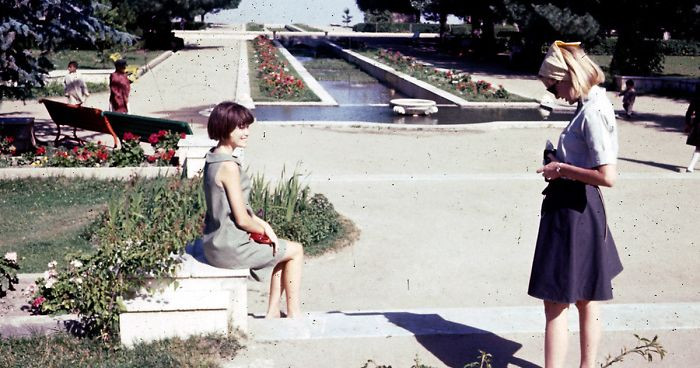 The respective government in those times bought social reforms in terms of women's education, discriminatory marriage practices, and freeing women from the veil. Women were permitted to take education, wear clothes of their choice, move freely on streets, and participate in the public domain. It signifies Afghan women tasted modernisation in those times. US Bureau of Democracy, Human Rights and labour report estimated that the early 1990s saw maximum women in public space such as 70% of women working as schoolteachers, 50% as government workers and university students, and female doctors amounted to 40%. Unlike today, Afghanistan attracted tourists, returned with stories of beautiful gardens, architecture, mountains, and friendly locals. However, women in the rural areas remained conservative and were away from an urban way of life. The social reforms of Kabul never reached remote parts, where the Taliban had their influence majorly. The era witnessed female seclusion subjectively, southern Pushtuns and Uzbeks among the most rigorous, while Hazaras, Nuristanis, powindas, and Tajiks were comparatively subtle. The good days of this time turned black around the 1950s and -60s, violence escalated between reformists and tribes, Mullahs, and religious students that were against these reforms.
The respective government in those times bought social reforms in terms of women's education, discriminatory marriage practices, and freeing women from the veil. Women were permitted to take education, wear clothes of their choice, move freely on streets, and participate in the public domain. It signifies Afghan women tasted modernisation in those times. US Bureau of Democracy, Human Rights and labour report estimated that the early 1990s saw maximum women in public space such as 70% of women working as schoolteachers, 50% as government workers and university students, and female doctors amounted to 40%. Unlike today, Afghanistan attracted tourists, returned with stories of beautiful gardens, architecture, mountains, and friendly locals. However, women in the rural areas remained conservative and were away from an urban way of life. The social reforms of Kabul never reached remote parts, where the Taliban had their influence majorly. The era witnessed female seclusion subjectively, southern Pushtuns and Uzbeks among the most rigorous, while Hazaras, Nuristanis, powindas, and Tajiks were comparatively subtle. The good days of this time turned black around the 1950s and -60s, violence escalated between reformists and tribes, Mullahs, and religious students that were against these reforms.
Genesis of the communist government
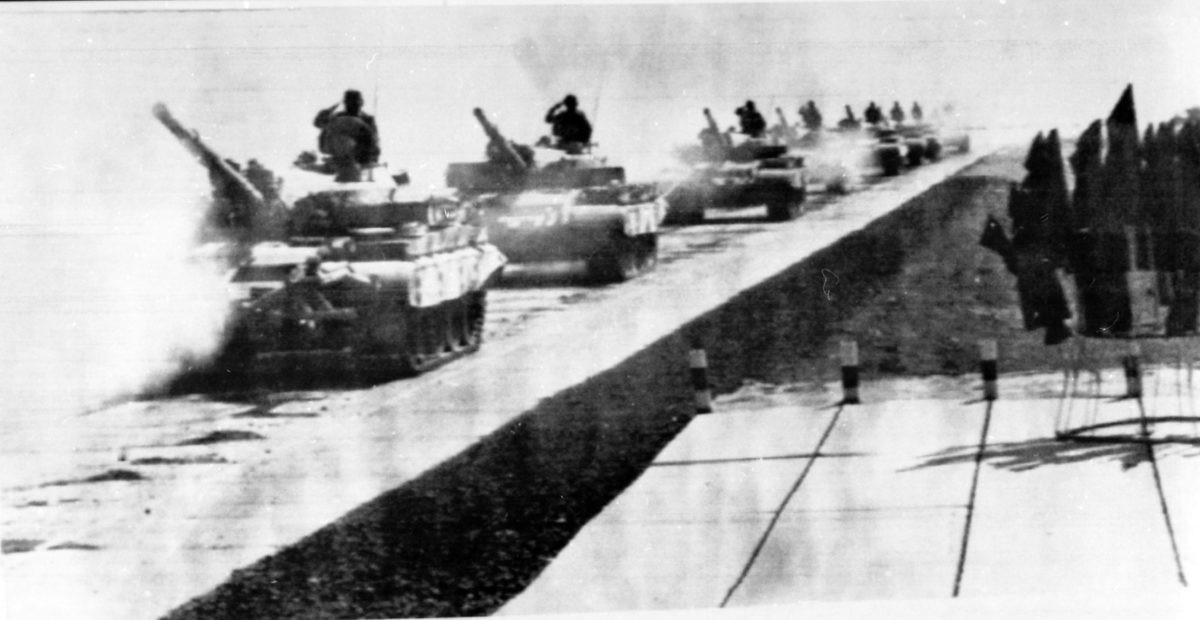 Although the situation for women, in general, was stable until this time. It slowly deteriorates after the communist government started declining. In 1979, the Soviet Union invaded Afghanistan due to which the resistance groups Mujahedeen fighters supported by the United States (US) and Pakistan waged a fight against the Soviet forces. The continuation of war-affected women adversely, they became the victims of molestation, kidnapping, and rape. Any reforms in such places caused fierce resistance from tribal groups. However, there was still space for women. For instance- Bibi Ayesha, a female warlord commanded a band of 150 men in the Nahrin district of Baghlan, northern Afghanistan. She positioned herself as cleansers and purifiers of Afghan society, another extremist before the Taliban came to power in 1996. Speaking about women, they were losing their rights around the 80s. In the 1980s and 1990s, country's education system hit a downfall.
Although the situation for women, in general, was stable until this time. It slowly deteriorates after the communist government started declining. In 1979, the Soviet Union invaded Afghanistan due to which the resistance groups Mujahedeen fighters supported by the United States (US) and Pakistan waged a fight against the Soviet forces. The continuation of war-affected women adversely, they became the victims of molestation, kidnapping, and rape. Any reforms in such places caused fierce resistance from tribal groups. However, there was still space for women. For instance- Bibi Ayesha, a female warlord commanded a band of 150 men in the Nahrin district of Baghlan, northern Afghanistan. She positioned herself as cleansers and purifiers of Afghan society, another extremist before the Taliban came to power in 1996. Speaking about women, they were losing their rights around the 80s. In the 1980s and 1990s, country's education system hit a downfall.
Revisiting Taliban 1.0
Taliban means 'Students' in Pushto language, came into existence in late 1994, they went on taking the throne of Afghanistan in 1996 and dethroned Afghans from their rights to freedom and access to prospered life. During this period, the Taliban strictly enforced a strict interpretation of Sharia law. Crimes under Sharia law fall into three categories Tazir: soft offence, Qisas: exact sufferings as victims, and Hudud: severe offence. The rules for women include females above the age of eight must wear the all-covering burka. Further, No education, Staying home, Not leaving home without related males, No high heels & makeup, No voice should be heard by a male stranger, and a ban on filming, photography was also part of it. If rules were bent, public humiliation, amputations for the crime of theft, and public executions of murderers and adulterers were the punishments. Every Friday, in Kabul’s Ghazi Stadium, matches were replaced by public execution.
- Terror of Taliban
Taliban gave women five years of dreamless lives and made them prisoners for their own survival. For a rural woman, it is unimaginable to count years of suppression. A woman fears that history might repeat itself and this time for a longer duration. Taliban regime threw women and girls into poverty, immured them from accessing healthcare, and stripped them of their right to education. Women's University was shut, girls above age 10 were barred from going to schools. Women were forced to quit their jobs. The assault on the status of women began immediately after the Taliban took power in Kabul. The Taliban closed the women's university and forced women to quit their jobs, except for the handful of female doctors.
It also restricted access to medical care for women. The majority of hospitals had male doctors, which made it difficult for women to receive treatment. The doctor was allowed to examine a female patient only if she was fully dressed, this means ambiguous diagnosis and treatment. Many lost their lives owing to improper treatment. Afghanistan stands second in the world to have the worst rate of maternal death during childbirth. According to the United Nations International Children's Emergency Fund (UNICEF), 165 of every 1000 babies die before their first birthday. 16 out of every 100 women die giving birth. At times it also became difficult for women to visit doctors in absence of their male relative, who can escort them to the hospital. For instance: In 1999, a mother accompanied her son to the hospital without any male relative to escort as her husband was away for work. Taliban teenage fighter spotted her. Later, publicly tormented and humiliated. The incident became a life-changing moment as she became an activist. Women like her operated secret schools for girls. Taliban once deported a female foreign aid worker who promoted home-based work for women and home-schooling for girls.
For widows, disabled women, and LGBTQ, the problems were multi-layered with no way out. Almost 50,000 widows ended up selling their possessions, begging on the streets as they had no source of income. Taliban curtailing human rights was one part of the story; women went through abuse and suffered the horrors. Offence such as rape, kidnapping, harassment, and forced marriage was common. The Human Rights reports stated high rates of depression and suicide among Afghan women during this time. Women attempted suicide by swallowing battery acid, which caused burns in the esophagus. Taliban officials used heavy vehicles like tanks to drop walls onto men alleged of being gay.
Women were not allowed to remove burkha, not even in extreme conditions which could cause her life also. Women were not permitted to use public taxis without accompanying male relatives. If taxi drivers are found with unescorted female passengers, it costs them their licenses or public beatings. The special buses with windows having thick curtains were commissioned for females only. Single women were publicly tortured if found talking to an unrelated man.
20 years of hard-earned progress
- Women progress
After the downfall of the Taliban in 2001, Afghanistan formed a government backed by the US. Since then, Afghanistan started rebooting the damage caused by the Taliban. Afghan women became active in humanitarian relief organizations and started re-participating in public life. The education system was bought in place. Women were allowed to take education. Schools & women's universities were reopened. Green signal to women to pray again in mosques. Comparatively, women life was improving. The fundamental rights were restored. Women started making important contributions to national development. Women became visible in the public domain. Women went on became Olympic athletes, police officers, business owners, politicians, filmmakers, photographers, designers, and civil servants. Taliban had zero women working as civil servants during its regime. However, it was slow in pace, the gains were limited. Nonetheless, women made commendable progress after liberation from the Taliban till now. Women are still contributing by putting strong opposition to the Taliban.
- Gender Equality Laws
The government of Afghanistan made amendments to Afghanistan's constitution. It also approbated the Convention on the Elimination of all Forms of Discrimination against Women. A law was introduced in 2009 to protect women from forced and underage marriage and violence. According to Human Rights Watch, the law saw a rise in the reporting, investigation and, low number of convictions of violent crimes against women and girls.
- Education & Healthcare
During this era, schools were built at a rate 10 times faster than before. Female admission in school increased from 10% to 33% from 2003 to 2017. By 2020, 21% of Women’s life expectancy also grew from age 56 in 2001 to age 66 in 2017. And mortality during childbirth declined. Afghan women cannot give away their past 20 years—their education, their drive to work, their taste of freedom.
The 20 years was never a cakewalk. Despite all the independence, positive growth, the government failed to provide security to women. For instance, In 2015 Farkhunda was burnt alive based on rumour – Quran was burned. Her death was not easy, she was first beaten, a car was drove over her, and then burnt alive. 45 people were involved but the government dint finds it worth punishing 45 men for 1 woman. Acid attacks were sort of normalized in 2016. Teachers were killed. In fact, the empty schools were used as a military base. This occurred throughout Afghanistan, including in Helmand, Kunduz, Logar, Maidan Wardak, Takhar, Farah, Badakshan, Ghor, Jawzjan and Paktya provinces”—10 out of the country’s 34 provinces.
Recent Killings initiated by Taliban
Though the Taliban has been out of power, its activities continued. In the month of Feb 2020, Supreme Court judges Qadria Yasini and her colleague Zakia Herawi were killed. The two are among Afghanistan's roughly 250 female judges. Under the Taliban it was zero, it grew about 14% of the country's total. An assassination was attempted at filmmaker Saba Sahar. As earlier mentioned there's been a series of targeted killings of journalists, activists, and people in government jobs over the past few months in Afghanistan. As per the report of AP, Taliban fighters went door to door looking for people who had worked with the government, killing at least 27 civilians, wounding 10 others, and looting homes.
Skepticism over Taliban's progressive card
In recent events, the Taliban have been confronting the press. By giving interviews to a female journalist, the Taliban is making effort to project modernization, to build a relationship with international communities. It has stated women’s rights, promising to respect their rights within the framework of Sharia law. Taliban making progressive promises are skeptical. However, based on this statement believing the Taliban would be somewhat betraying life, desire to live. Taliban's assurance on the ground reflected to be contradictory. The women working in the public domain are killed or send back home. Human Rights Watch Report speculated female journalists faced threats & violence from the Taliban. In March, three journalists working at a local TV station were assassinated. Not only women's life, but men are also on point. According to AFP report- A report compiled by the RHIPTO Norwegian Center for Global Analyses, says that the Taliban have been conducting "targeted door-to-door visits" searching for people they want to arrest, with people who had central roles in the Afghan military, police, and intelligence units, and also those who worked for US and NATO forces included on priority lists.
Women's participation and their role in the progress of Afghanistan may have influenced the Taliban's attitude towards women. But again the ground reality tells a different story. Female Footballer & former Afghan captain Khalida Popalm urges her fellows to burn all the evidence of them being professional footballers. This raises skepticism as women know on the ground what is coming for them.
What is different this time?
Women are different this time. Afghan women have been contributing significantly to Afghanistan's growth and development. They have given 20 years of their lives in reconstructing the country since 2001. The fear of losing, restlessness & insecurity about the future has forced women to hit the street and stage a protest. The women protesting, standing for their rights, opposing every threat can actually get things on their side. This time women have a voice, they are no more faceless but fearless. They are communicating with global communities, urging people to help them. Women standing up to the Taliban can be called as new feminism wave of Afghanistan.
Meanwhile, the truth of Taliban government 2.0 cannot be changed. UN study 2019 estimates that only 15% of Afghan men think that women should work outside the home after marriage. 80% of Afghan women above 15 are illiterate. With these numbers and mindset, the Taliban take over will make it worse for women. If it happens so, more coming years of protest, war may push Afghan women back into a dark age where inhumanity and poverty thrives.
-Snehal Mutha
muthasnehal535@gmail.com
Tags: taliban womencondition USAAfghanistan War Afghanistan 1960Afghanistan 1978Afghanistan 11992Afghanistan 1996-2001Taliban Sharialaw महिला अफगाणिस्तान तालिबान इस्लाम Load More Tags


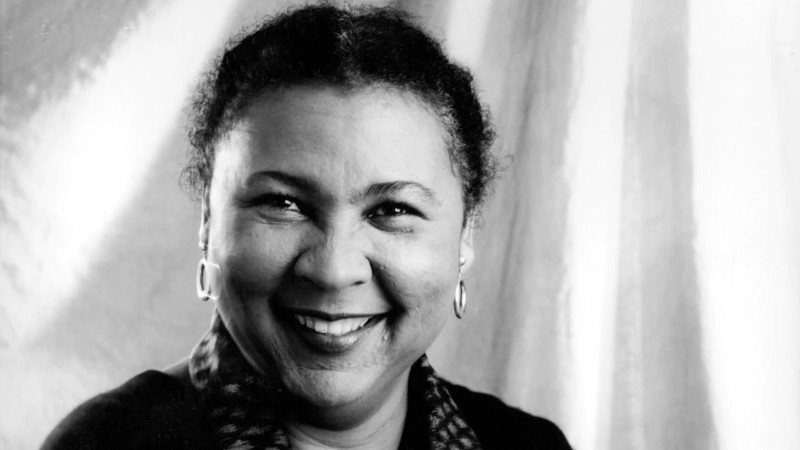
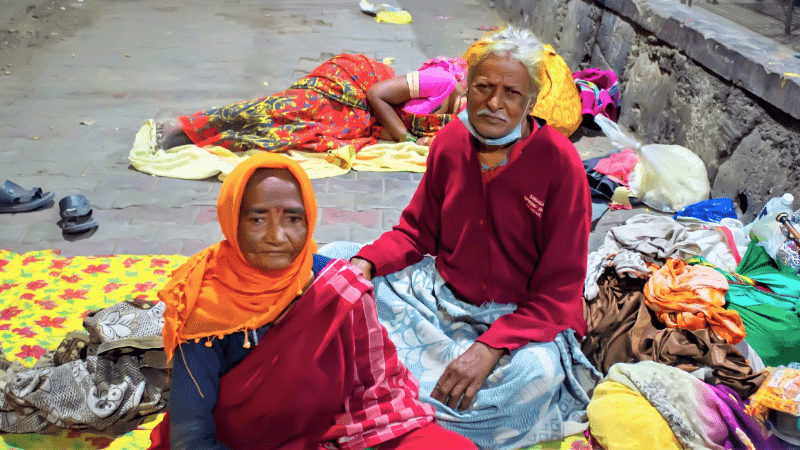

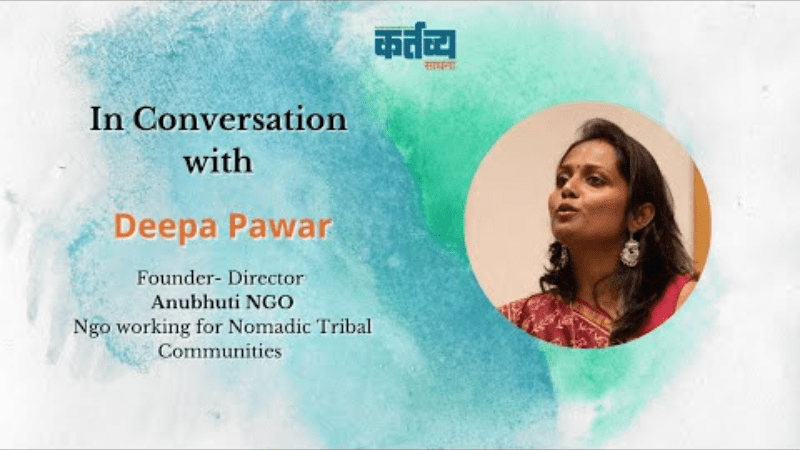
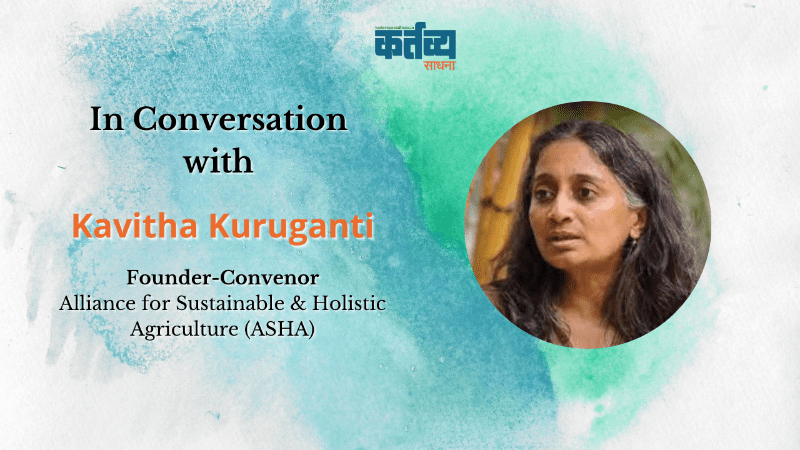

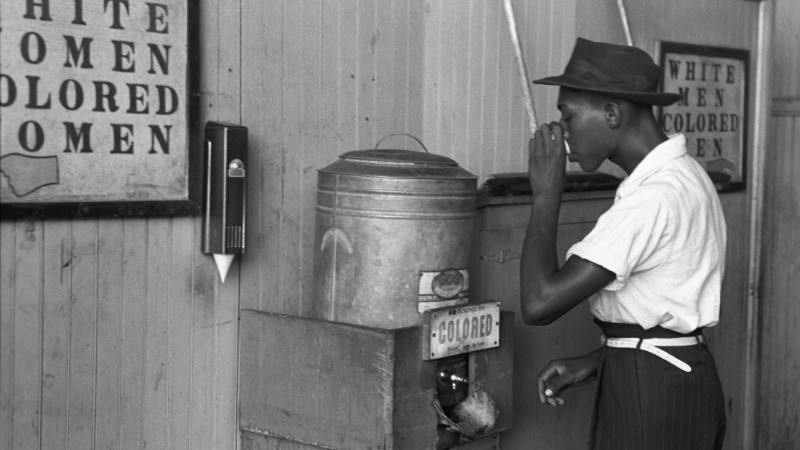

























Add Comment